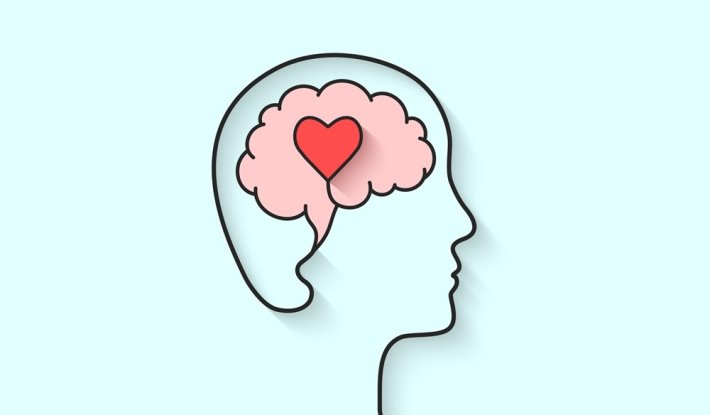Breaking Barriers – Accessible Mental Health Services for Every Need
In an era marked by unprecedented technological advancements and societal progress, the call for accessible mental health services echoes louder than ever. The understanding of mental health has evolved significantly, acknowledging its intricate connection to overall well-being. However, despite this recognition, barriers to accessing mental health services persist, leaving many individuals without the support they desperately need. The essence of breaking these barriers lies not just in widening the availability of services but also in tailoring them to meet diverse and unique needs. The first barrier to be dismantled is the stigma surrounding mental health. Deep-seated societal misconceptions often discourage individuals from seeking help, perpetuating the notion that mental health struggles are signs of weakness. Addressing this stigma requires a multi-pronged approach, encompassing public awareness campaigns, education, and the fostering of open conversations about mental health. When the narrative shifts from judgment to empathy, the foundation for accessible mental health services becomes stronger.

Rural areas, in particular, may lack the infrastructure to provide comprehensive mental health services, leaving residents at a disadvantage. In response, initiatives promoting telehealth and online counseling have emerged as a promising solution. These platforms break down geographical barriers, connecting individuals with mental health professionals irrespective of their location. Additionally, ensuring financial accessibility through insurance coverage and sliding-scale fees helps bridge the gap for those facing economic constraints. Tailoring mental health services to meet diverse needs is a critical component of accessibility. One size does not fit all when it comes to mental health care. Individuals experience a spectrum of conditions, from common stressors to severe disorders, each requiring a unique approach. By integrating a range of therapeutic modalities, such as cognitive-behavioral therapy, mindfulness-based interventions, and group therapy, mental health services can cater to different preferences and needs. Moreover, culturally sensitive approaches that acknowledge the diversity of experiences and beliefs contribute to a more inclusive mental health landscape.
Technology, a powerful ally in the quest for accessible mental health services, continues to evolve rapidly. Mobile applications, artificial intelligence, and virtual reality are being harnessed to provide innovative solutions. For instance, mental health apps offer on-the-go support, while AI-driven chatbots provide immediate responses to individuals in crisis. Virtual reality therapies create immersive and controlled environments for therapeutic interventions. Integrating these technologies into mental health services not only increases accessibility but also enhances the overall effectiveness of interventions. In conclusion, breaking barriers to mental health services requires a holistic and multifaceted approach and Go to Site. It involves challenging societal norms, leveraging technology, and tailoring services to accommodate diverse needs. By fostering an environment where seeking mental health support is viewed as a strength rather than a weakness, and by utilizing innovative solutions to overcome geographical and financial constraints, we can create a mental health landscape that truly serves every individual. The journey toward accessible mental health services is an ongoing one, but as we continue to break down these barriers.
